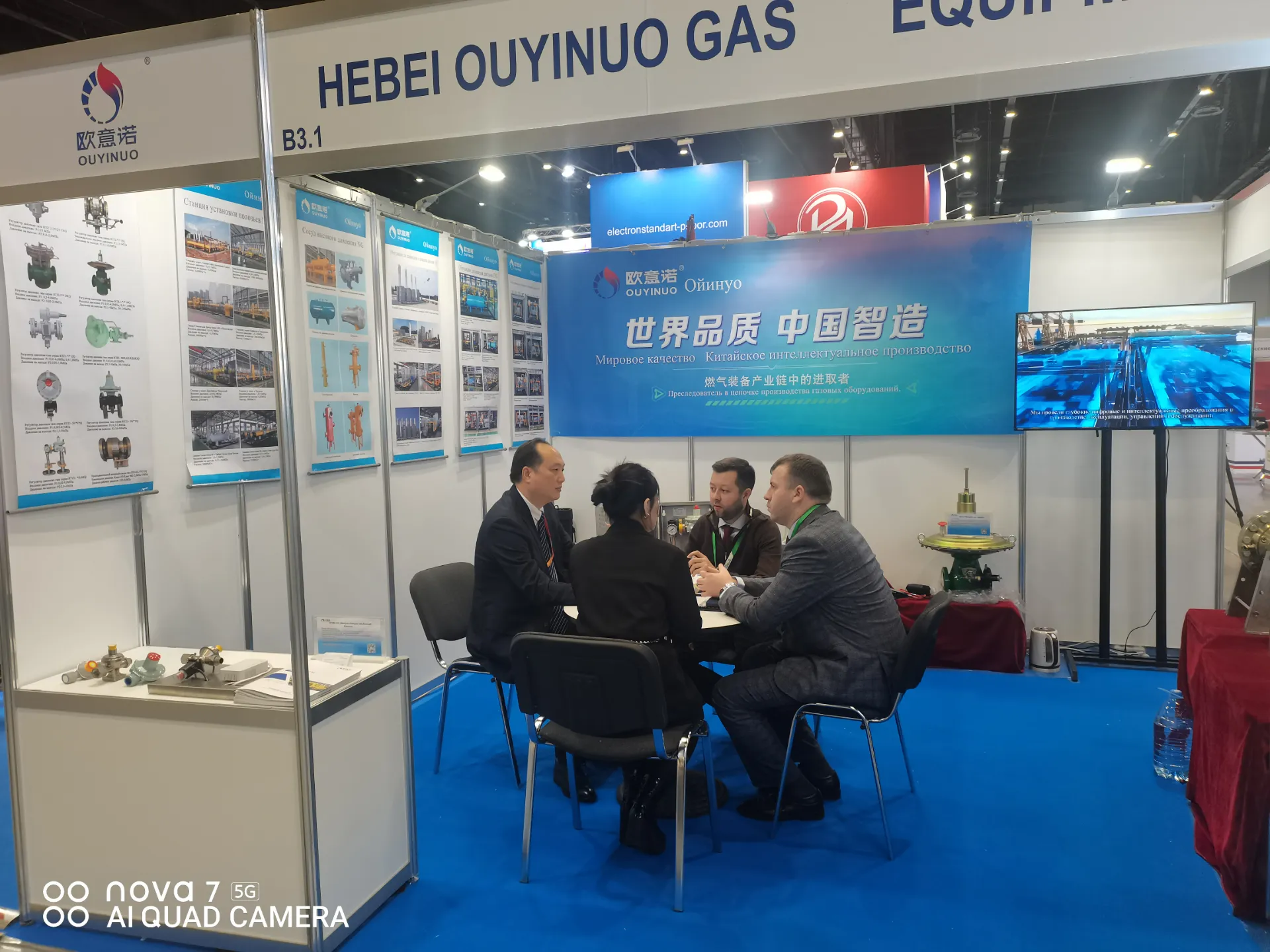
10 月 . 21, 2024 21:27
Back to list
Understanding Safety Relief Valves and Their Importance in Pressure Management Systems
Understanding Safety Relief Valves An Essential Component in Pressure Management
Safety relief valves (SRVs) are critical devices in various industrial applications, including oil and gas, chemical processing, and power generation. These valves play a vital role in protecting equipment and personnel from the dangers associated with overpressure conditions. By understanding their function, types, and importance, industries can enhance safety and efficiency.
What is a Safety Relief Valve?
A safety relief valve is a pressure relief device designed to protect pressurized equipment by allowing excess pressure to escape. When pressure within a system exceeds a predetermined level, the valve opens and releases the excess pressure, preventing potential damage or catastrophic failure. Once the pressure has been alleviated, the valve automatically resets to its closed position.
How Do Safety Relief Valves Work?
The operation of an SRV is fairly straightforward. Each valve is set to open at a specific pressure, known as the set pressure. When the internal pressure of the system exceeds this set point, the valve’s spring mechanism is overcome, permitting the valve to lift and release excess pressure. The process is rapid and efficient, making SRVs essential for maintaining system integrity.
Once the pressure drops back to a safe level, the valve will close, sealing the system and allowing it to operate normally again. The entire process is automatic, meaning, with proper maintenance, it operates without human intervention, which is crucial in emergency situations.
Types of Safety Relief Valves
There are several types of safety relief valves, each serving different applications
1. Conventional Safety Relief Valves These valves operate based on the force of a spring. They are most commonly used for liquid and gas applications. Their simple design makes them reliable and easy to maintain.
2. Bellows Safety Relief Valves These valves utilize a bellows mechanism to open and close. They are particularly effective in environments that require tight sealing and prevent leaks, making them ideal for corrosive or high-temperature applications.
safety relief valve

3. Pilot-Operated Safety Relief Valves These valves use a pilot system to control larger valves, often providing better discharge capacities. They are suitable for high-pressure conditions and range from liquid to gas applications.
4. Capacity-Control Safety Relief Valves This type adjusts the opening size based on the pressure, allowing for more control over how much pressure is released, thus improving system performance.
Importance of Safety Relief Valves
The significance of safety relief valves cannot be overstated. They serve several critical functions
1. Protection Against Overpressure The primary role of an SRV is to safeguard equipment and personnel by preventing the build-up of excessive pressure within pipes and vessels. Overpressure can lead to equipment failure, explosions, or catastrophic leaks, making SRVs an essential safety feature.
2. Regulatory Compliance Many industries are governed by strict safety regulations that require the use of SRVs to maintain pressure within allowable limits. Compliance with these regulations is crucial for operational legality and safety.
3. Operational Efficiency By managing pressure within systems, safety relief valves help maintain optimal operating conditions, enhancing the efficiency and reliability of industrial processes.
4. Cost Savings The implementation of safety relief valves can reduce the risk of costly downtime, equipment repairs, and liability associated with accidents.
Conclusion
Safety relief valves are indispensable components in modern industrial systems, serving as the last line of defense against the dangers of overpressure. Understanding the types, functions, and importance of these valves can greatly enhance safety protocols and operational efficiency. Regular maintenance, testing, and adherence to industry standards are essential to ensure these devices operate reliably, protecting both equipment and human life. As industries continue to evolve, the role of safety relief valves will remain crucial in maintaining safe and efficient operations.
Latest news
-
Unlocking The Quality Gas Pressure ReducersNewsNov.01,2024
-
The Role of Gas Pressure Reducing StationsNewsNov.01,2024
-
The Importance and Functionality of Safety Relief ValvesNewsNov.01,2024
-
The Essential Role of Safety Valves in Natural Gas ApplicationsNewsNov.01,2024
-
The Essential Role of Gas Pressure RegulatorsNewsNov.01,2024
-
Enhance Your Premium Gas FiltersNewsNov.01,2024

